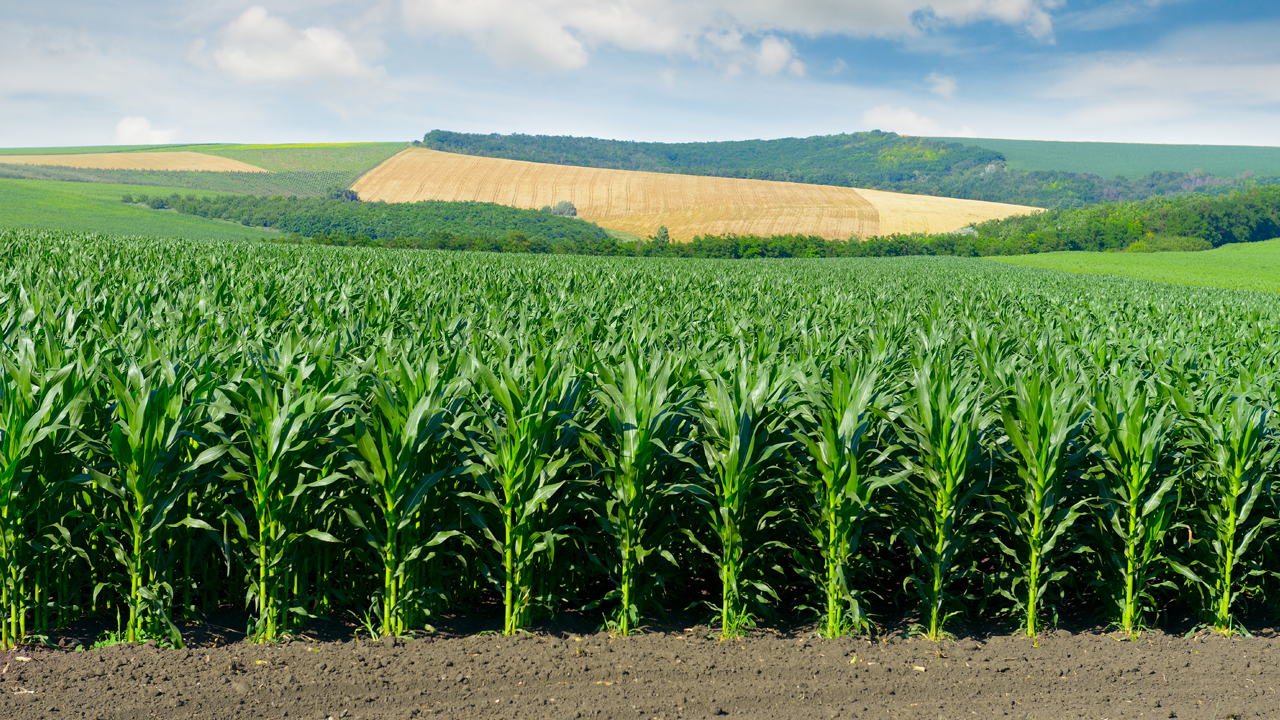
Corn grows on more acres of Minnesota farmland than any other crop, according to U of M Extension. Nitrogen is the primary source of fertilizer for most crops, including corn, and farmers must continually work to strike a balance between over-fertilizing, which poses environmental problems, and under-fertilizing, which limits yields.
A recent collaboration between the University of Minnesota and Sentera, a Minneapolis agricultural technology company, stands to help farmers more precisely meet the nitrogen needs of their corn. The U has licensed to Sentera its nitrogen deficiency technology, which uses small flying devices, or “drones,” and computer vision techniques to hover over farm fields and detect wavelengths of light reflecting off of corn leaves. Using these wavelengths, the system automatically recognizes signs of nitrogen deficiency and estimates how much fertilizer each part of the field needs. By applying fertilizer only where needed, farmers can reduce runoff into nearby waterways and save money, without letting their harvest suffer.
The system was developed through U research led by Nikolaos Papanikolopoulos, Ph.D., McKnight Presidential Endowed Professor in computer science and engineering at the College of Science and Engineering, and David Mulla, Ph.D., professor and Larson Endowed Chair in soil and water resources at the College of Food, Agricultural, and Natural Resource Sciences.
Funding for the research came from the Minnesota Corn Growers Association, a supporter of many corn-related research projects over the years. In total, the association has funded over $1 million in research at CSE and over $400,000 in research at CFANS, with projects ranging from reducing emissions in diesel engines to developing rubber materials from corn. The technology was also made possible through additional research funded by the National Science Foundation’s Industry-University Cooperative Research Centers program. The project advances the U’s MnDRIVE research in the areas of Robotics and Global Food.
The technology provides a better alternative to existing methods of gauging nitrogen needs. Prior stress-detecting systems could not distinguish between nitrogen deficiency and other crop ailments, such as plant diseases and insect infestations. And while manually surveying a cornfield can spot nitrogen deficiency, it’s an expensive and time-consuming solution.
Going forward, Sentera will integrate the University’s technology into its drone-based FieldAgent Platform, which flies above farm fields to gather and interpret data for precision agriculture. The company plans to make the technology available to farmers next year.
See the news release for more about this partnership.